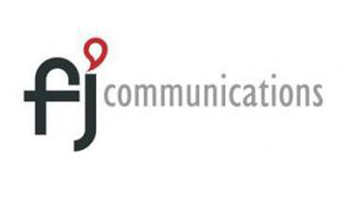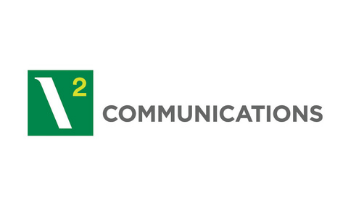How international PR drives brand visibility in the age of AI search
AI is completely changing how B2B tech brands are discovered and perceived online. Brand visibility has moved on from being a simple matter of creating great content for your website and being featured in audience-favourite publications. Now, companies also need to focus on getting their content noticed in an increasingly digital, algorithm-driven space.
Commonly used AI tools like ChatGPT or Gemini, search engines and even social media algorithms use a mix of global data and localised information when generating responses or rankings. Just think about the last time you asked your favourite AI assistant to conduct market research or give you the latest statistics on a particular topic. Those sources that appeared before you? They’re the new golden currency.
This shift highlights just how important it is for B2B tech businesses operating across international markets to invest in PR. A mix of earned, shared and owned media shape how brands are recognised by algorithms, which ultimately determine which companies rise to the top of search results. So, how can businesses ensure that their content stands out in AI-generated responses worldwide?
Local expertise, global visibility
Global B2B tech brands face the challenge of ensuring visibility across different markets, from the US and Europe to emerging markets in Asia and Africa. Each of these regions has its own digital behaviour, local media outlets and social media platforms that influence how AI perceives and ranks brands. For example, AI might prioritise content from Chinese platforms like WeChat or Baidu when a user in China searches for industry solutions, while in the US, Reddit or Bluesky could dominate the conversation.
An international PR agency network with expertise in local markets is key to ensuring that your brand is featured in the right places. Here’s why:
1. Local language and content optimisation
AI tools are increasingly sophisticated in translating and tailoring content to regional languages and preferences. While AI can translate content, it may not always capture regional nuances, industry-specific terminology or cultural sensitivities. Local PR teams can ensure that your content is not only translated accurately but also culturally adapted to resonate with local audiences.
Let’s put a press release under the microscope. In Germany, for example, press releases are typically more formal, methodical and technical. They tend to contain detailed, in-depth explanations of a product or service, often with a focus on precise specifications and functionality. In contrast, press releases in France are usually more narrative-driven, with an emphasis on the cultural and human aspects of the story, presenting the brand’s impact on society or its customers.
For in-house teams, content optimisation can be a time-consuming endeavour, particularly when they’re trying to align a brand’s global messaging with local preferences. And, as we know, AI prioritises local content when responding to queries in specific languages. If content isn’t tailored to meet the regional context, it’s unlikely to surface in the AI-generated responses that users see.
2. Tailoring content to local search intent
Search behaviour varies across regions. A search for “cloud solutions for businesses” in North America may yield different results compared with doing the same search in Southeast Asia, where there might be a greater focus on cloud providers with local data centres. AI models are highly sensitive to regional search intent and often tailor their responses to what users in specific markets are likely looking for.
International PR expertise is essential to tailor content that speaks to the search intent of audiences in different regions. Whether it’s adjusting for regional differences in vocabulary, technical needs or industry-specific trends, PR experts can make sure your content is relevant and discoverable by AI systems across markets.
3. Building local media relationships
AI relies on high-authority media when generating search results, prioritising reputable publications and sources. This is where local PR expertise is invaluable. An international PR agency network like the WIN PR Group can leverage its relationships with both local and global media outlets to ensure your brand is featured in the right publications. These outlets are trusted by AI algorithms to generate credible and relevant content.
For example, tech brands should aim to get coverage in regional publications like Puls Biznesu in Poland or Heise Online in Germany, while maintaining a presence in global media like Wired and Business Insider. PR teams that understand the media landscape in different markets can secure the right placements to ensure your brand is picked up by AI tools used around the world.
Additionally, PR-driven social media activity is increasingly a factor in AI’s brand perception. AI models use data from social platforms to shape brand narratives, so your PR strategy must include engagement on regionally significant platforms. Whether it’s LinkedIn in the UK, WeChat in China or YouTube in the US, a global PR strategy ensures your brand is part of relevant conversations across different platforms.
The importance of integrated global PR in the age of AI
As AI continues to play a central role in how brands are discovered online, it’s clear that global B2B tech brands must adapt to the AI-driven search environment. Securing media placements, optimising social media strategies and maintaining regionally relevant, well-structured content are essential steps in ensuring your brand rises in AI-generated search results.
A global PR strategy that balances local expertise with global reach will help ensure that your brand remains visible across international markets. By working with an international PR agency network that understands local market dynamics, regional media preferences and the intricacies of AI algorithms, your brand can ensure it’s not only visible but relevant in AI-powered search results worldwide.
If you require multi-national PR, digital and content services provided by a group of agencies specialising in B2B technology brands, get in touch with us today at hello@winprgroup.com.



